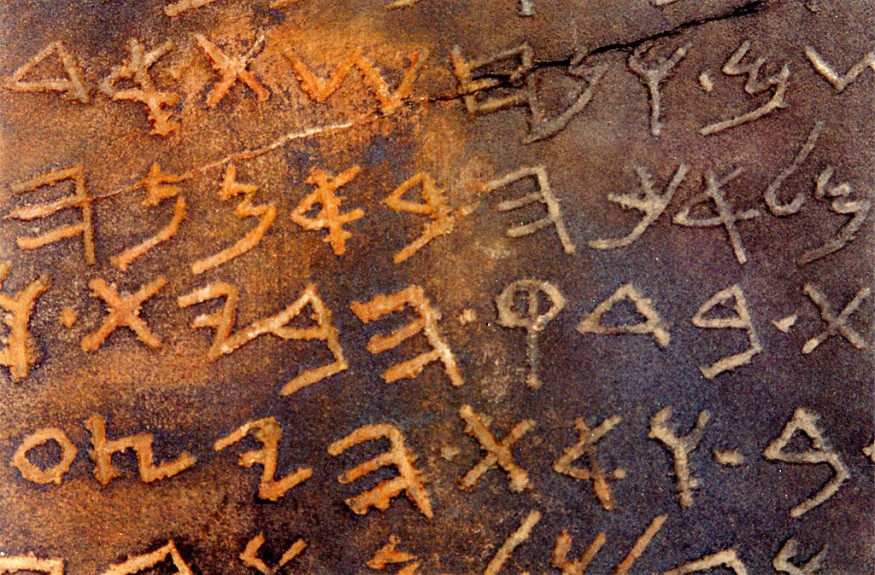A new study from the researchers at the Universities of York and Durham reveals that early human ancestors likely created intricate artwork by firelight 15,000 years ago. According to MailOnline, they looked at the collection of stone tablet art made by Magdalenian people, who were early hunter-gatherers that lived between 23,000 and 14,000 years ago, and identified patterns of pink heat damage.
The collection of engraved stones, known as plaquettes, is now in the British Museum and is said to provide evidence that they had been placed in close proximity to flame.

Art by Firelight
Paleolithic stone plaquettes are a type of stone art that features engravings. They were recovered in Magdalenian sites. Dr. Andy Needham, the lead author of the study from the University of York's Department of Archaeology, said that it had been previously thought that the heat damage on the tablet was likely due to an accident.
However, as EurekAlert! reported, experiments with replica plaquettes showed more than that. Instead, they are likely purposefully positioned close to a fire.
"In the modern-day, we might think of art as being created on a blank canvas in daylight or with a fixed light source; but we now know that people 15,000 years ago were creating art around a fire at night, with flickering shapes and shadows," Dr. Needham said in a statement.
Researchers said that working under these conditions might have had a dramatic effect on how early human ancestors experienced creating art. The technique might have triggered an evolutionary capacity in prehistoric people designed to protect them from predators.
This evolutionary capacity is called Pareidolia, or the perception that imposes a meaningful interpretation on immobile objects in the form of an animal, a face, or a pattern. Dr. Needham added that creating light by firelight may have also activated different parts of the brain, and it influenced humans to integrate natural features in the rock to draw animals or artistic forms.
Flourishing Art During the Magdalenian Era
The discovery also shows that the Magdalenian era saw a flourishing of early art and decoration of tools, weapons, and engraved stones and bones.
University of Durham's Ph.D. student and co-author Izzy Wisher said that the conditions during the Magdalenian period were freezing and the landscape was more exposed than today. People at that time likely adapted to the conditions and wore warm clothing made from animal hides and fur, and used fire to warm themselves.
The findings of the study reinforced the theory that the warm glow of fire became the hub of the community for social gatherings, such as sharing stories and art creation. More so, it is fascinating to learn that people still found time and capacity to make art even in an era where most of their energy and time were focused on hunting and gathering.
It only shows that art, even in the early ages, has formed part of what makes people humans for thousands of years and reveals that early human ancestors also display complex cognitive abilities.
They published their study, titled "Art by Firelight? Using Experimental and Digital Techniques to Explore Magdalenian Engraved Plaquette Use at Montastruc (France)," in PLOS One.
RELATED ARTICLE : Australia's Oldest Rock Painting of Kangaroo Found To Be 17,000-Year-Old Thru Radiocarbon Dating
Check out more news and information on Archaeology in Science Times.
© 2025 ScienceTimes.com All rights reserved. Do not reproduce without permission. The window to the world of Science Times.












